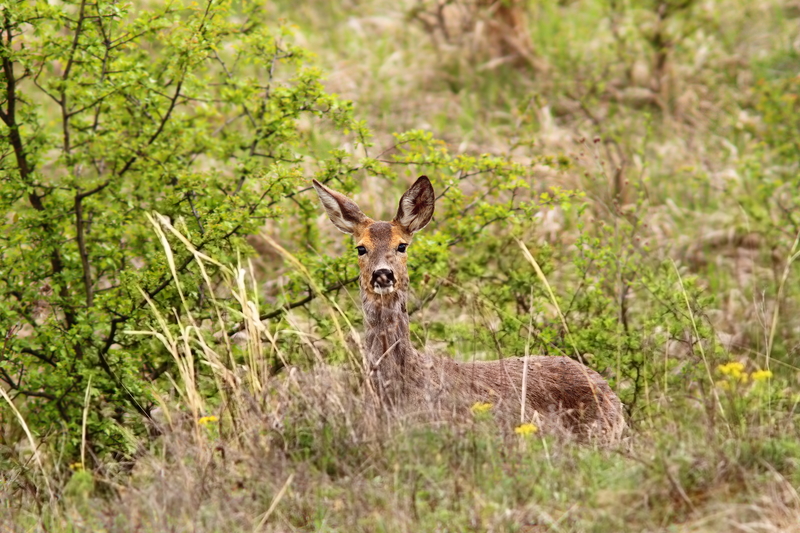Essentially, if you have any population of edible meat, you are managing that population's habitat and herd, whether you do anything at all.
Here are some tips to help you with that reality.
All Deer Management is Local
You may believe that your state manages the deer you hunt, but nothing could be farther from the truth. You manage your deer and your deer hunting. The state allows you hunting privileges but you are the one who decides how many does to take or what age bucks you want. Every time you pull the trigger you are making a deer management decision. States manage deer at the macro level (hundreds of thousands of acres at a time). You are the one who is managing the deer and deer hunting on the back 40, or back 400, or even 4,000 acres.
Set a Better Table Than Your Neighbor
Most hunting property owners are competing with their neighbors for deer. And if all the deer in the area are on your neighbor’s property, you won’t be having much fun. The key to having a good hunting property is setting the best table in the neighborhood. This means more quality food and better cover. Our neighbors aren’t necessarily our biggest fans. More than once we have heard stories about “those damn Dougherty’s having all the deer,” and it’s true, we do, especially as the season wears on. But we work all season long creating food and cover while the neighbors are golfing or going fishing. More on that here
Care About Cover
Food might be king but cover is a close second. Deer depend on cover for all kinds of important stuff. They eat it, they sleep in it, they stay warm in it and they have fawns in it. They head for cover when hunting pressure ramps up. If you want to have lots of deer, you need to have lots of cover. We spend almost as much time creating cover for our deer as we do creating food. The deer in our area head for our property when the season opens. The neighbors go days without seeing a deer, we see them almost all day long. Cover and food is like peas and carrots, they just go together.
Predators Count
Predation has become a serious part of the deer management equation. Predators gobble up fawns and they do it on a regular basis. A fawn is most vulnerable to predation during the first two weeks of its life, after that they can do a reasonable job of avoiding being gobbled up by a black bear, or a coyote, or a bobcat, the major predators being bears and coyotes. Studies have shown that each to take their share of young deer. Studies have also shown that controlling predator numbers can have a positive effect on deer populations. That said, it’s hard to keep predator numbers down, on a consistent basis. You can thin them out for a while but eventually they work their way back to your property. Knowing this, it’s best to thin coyotes before the fawning season. It’s important to remember that you aren’t the only one taking deer out of the herd.
Tread Gently
When it comes to managing a property, how you hunt is just as important as what you hunt. It’s nice to talk about how many does to take or passing up young bucks, but also think about how you hunt in regards to property management. Sloppy hunting can turn an otherwise great property into a deer-less wasteland in a matter of days. You can’t be ramming all over the place on 4 wheelers or chasing your deer all over the county. You can’t over-hunt your stands or stink up the woods, a big buck just won’t stick around under these conditions. Most hunters know the importance of setting up quietly and hunting down wind, but too many ignore the effects of multiple days of hunting in a row or the number of boots that have been on the ground. A day or two of rest can do wonders for your deer management program. More on that here.
As always when hunting and fishing is the issue, make sure you adhere to all applicable local and state laws.
But managing your habitat for whatever population you have on your land is critical to ensuring success in your hunting.
Ignoring aspects of it – food and cover – for instance, can mean your prey dine and reside elsewhere – which means no meat for you!
To learn more about deer and game population management, check out Outdoor Life.
